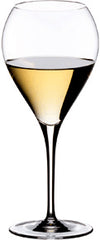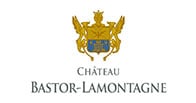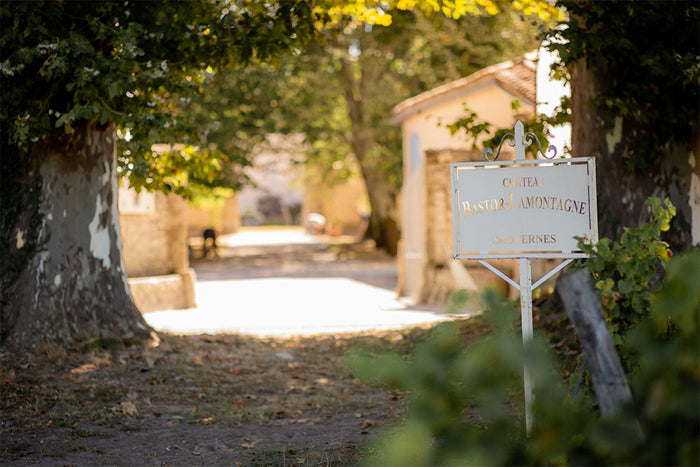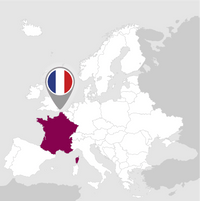Auszeichnungen
Details

Parfüm

Farbe

Geschmack
Servieren bei:
10 - 12 °C.
Langlebigkeit:
15 – 25 Jahre

Kombinationen
- Hektar: 56
Die Ära des Weinbaus begann im 19. Jahrhundert mit der Übernahme des Anwesens durch die Familie Larrieu, und besonders Amédée Larrieu, der damals schon Château Haut Brior in Pessac in seinem Besitz hatte.
Er erwarb das Bastor-Lamontagne Anwesen im Jahre 1839 als liebliche Weine in Mode waren. Und damit wurde der Hauptfokus des Betriebes nun auf den Weinanbau gelegt.
1936, wird das Château Bastor-Lamontagnae von einem Nachkommen Larrieus, dem Viskont von Larochebrochard, verkauft, und gehört nun zur Foncier- Vignoble Gruppe. Das Schloss ist Mitglied der Union des Grands Crus de Bourdeaux.
Mehr lesen


| Name | Chateau Bastor Lamontagne Sauternes 2011 |
|---|---|
| Typ | Weißwein passito (trockenbeerwein) süß |
| Weinbezeichnung | Sauternes AOC |
| Jahrgang | 2011 |
| Größe | 0,75 l |
| Alkoholgehalt | 14.0% nach Volumen |
| Rebsorten | Sauvignon, Semillon |
| Land | Frankreich |
| Region | Bordeaux |
| Anbieter | Chateau Bastor-Lamontagne |
| Geschichte | Das Weingut Bastor war im Besitz des französischen Königs (Nachfolger des englischen Königs von 1453) und wurde 1711 an Sieur Vincent de La Montaigne, Mitglied des Parlaments von Bordeaux, übertragen. Das Gut behielt den Namen der ersten Besitzerfamilie (La Montaigne wurde zu "Lamontagne"), dem später der Name Bastor (heute "Bastor") hinzugefügt wurde. Bastor-Lamontagne wurde 1839 von der Familie Larrieu gekauft, die bereits seit 1836 im Besitz von Château Haut Brion und Château Pick war. Der Weinbau wurde zur Haupttätigkeit. Dieser Wein wird aus den Reben von Château Bastor-Lamontagne hergestellt, einem berühmten Jahrgang der Appellation Sauternes. |
| Herkunft | Preignac (Frankreich) |
| Bodenzusammensetzung | Kieselig-kiesig auf Kalksteinbasis. |
| Ernte | Von Hand. |
| Weinbereitung | Die Moste wurden mit einer pneumatischen Presse gepresst und in Fässern (50 % der Ernte) oder in Edelstahlbehältern bei kontrollierter Temperatur (18-20 °C) vergoren, nachdem der Most bei niedriger Temperatur leicht dekantiert wurde. |
| Reifung | Nach der Gärung wurden die Weine für mehrere Monate auf der Hefe gelagert. |
| Allergene | Enthält Sulfite |






